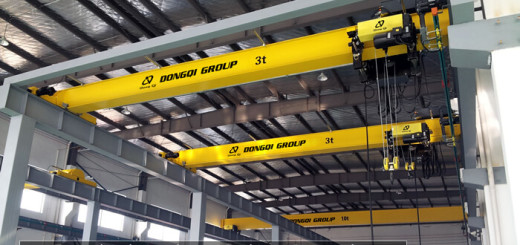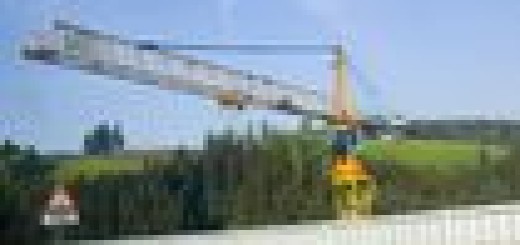What are the changing characteristics of electric single girder overhead crane?
During crane operation, electric single-beam overhead cranes have to bear various loads (such as static, dynamic, alternating, impact, and vibration, etc.). During the operation, the complexity of the load is not only reflected in the type of load In terms of diversity, and with the different working conditions during the job, it shows changeable characteristics.
Dynamic load: it is the dynamic load effect produced by the electric single-beam overhead crane when the movement state changes. It is an important basis for strength calculations and also has an impact on fatigue calculations. When the equipment is working, when the motion state changes, the dynamic load effect increases the original static load value, and the increased part is the dynamic load. The dynamic load includes the inertial load generated by the structural self-weight and lifting load in the variable speed motion; the impact load caused by the impact of the wheel on the bumper due to the uneven track joint or the moving part; the inertial load and the impact load make the metal structure and mechanism elastic The system generates vibrating vibration loads.
Static load: When the electric single-beam overhead crane is in a static state or in a stable operation state, the single-beam suspension lifting is only subject to the static load of the dead weight load and the lifting load. The deadweight load includes the metal structure of the crane, mechanical equipment, electrical equipment, and the gravity of the storage bin or conveyor attached to the equipment and the materials on it. Lifting load refers to the gravity of all lifting masses, including the maximum effective items that are allowed to be lifted, retrieval devices (such as pulley blocks, hooks, lifting beams, grabs, containers, lifting electromagnets, etc.), suspension winding parts, As well as the gravity of other equipment in the lifting.



